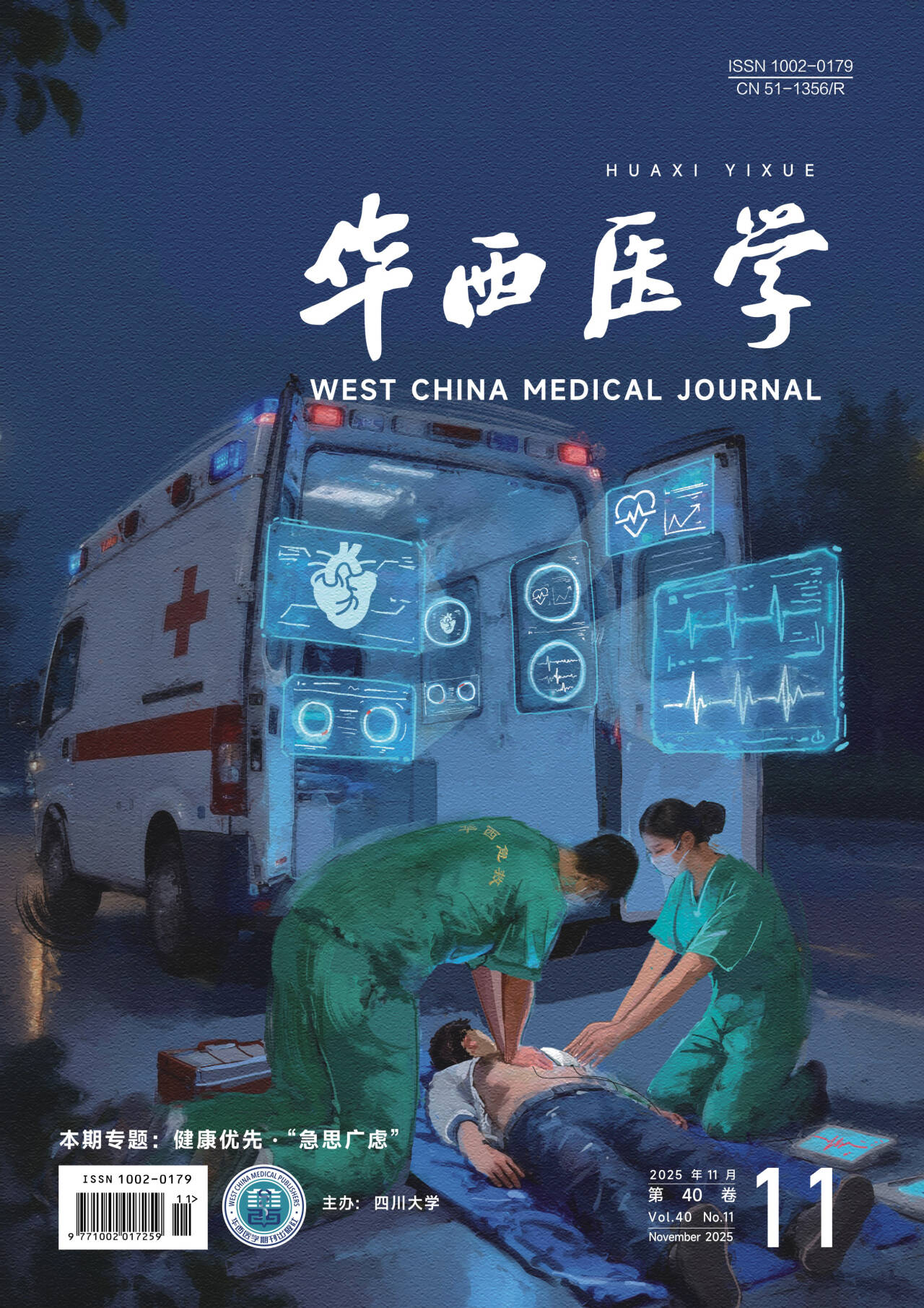| 1. |
Stone JH, Khosroshahi A, Deshpande V, et al. Recommendations for the nomenclature of IgG4-related disease and its individual organ system manifestations. Arthritis Rheum, 2012, 64(10): 3061-3067.
|
| 2. |
Yoshida K, Toki F, Takeuchi T, et al. Chronic pancreatitis caused by an autoimmune abnormality. Dig Dis Sci, 1995, 40(7): 1561-1568.
|
| 3. |
Hamano H, Kawa S, Horiuchi A, et al. High serum IgG4 concentrations in patients with sclerosing pancreatitis. N Engl J Med, 2001, 344(10): 732-738.
|
| 4. |
Yamamoto M, Takahashi H, Ohara M, et al. A new conceptualization for Mikulicz’s disease as an IgG4-related plasmacytic disease. Mod Rheumatol, 2006, 16(6): 335-340.
|
| 5. |
Fujimori N, Ito T, Igarashi H, et al. Retroperitoneal fibrosis associated with immunoglobulin G4-related disease. World J Gastroenterol, 2013, 19(1): 35-41.
|
| 6. |
Geyer JT, Ferry JA, Harris NL, et al. Chronic sclerosing sialadenitis (Küttner tumor) is an IgG4-associated disease. Am J Surg Pathol, 2010, 34(2): 202-210.
|
| 7. |
Dahlgren M, Khosroshahi A, Nielsen G, et al. Riedel’s thyroiditis and multifocal fibrosclerosis are part of the IgG4-related systemic disease spectrum. Arthritis Care Res (Hoboken), 2010, 62(9): 1312-1318.
|
| 8. |
Kawashima ST, Tagami T, Nakao K, et al. Serum levels of IgG and IgG4 in Hashimoto thyroiditis. Endocrine, 2014, 45(2): 236-243.
|
| 9. |
Brito-Zerón P, Ramos-Casals M, Bosch X, et al. The clinical spectrum of IgG4-related disease. Autoimmun Rev, 2014, 13(12): 1203-1210.
|
| 10. |
Uchida K, Masamune A, Shimosegawa T, et al. Prevalence of IgG4-related disease in Japan based on nationwide survey in 2009. Int J Rheumatol, 2012, 2012: 358371.
|
| 11. |
Mulholland GB, Jeffery CC, Satija PA. Immunoglobulin G4-related diseases in the head and neck: a systematic review. J Otolaryngol Head Neck Surg, 2015, 44: 24.
|
| 12. |
Zen Y, Nakanuma Y. Pathogenesis of IgG4 related disease. Curr Opin Rheumatol, 2011, 23(1): 114-118.
|
| 13. |
Carruthers MN, Khosroshahi A, Augustin TA, et al. The diagnostic utility of serum IgG4 concentrations in IgG4-related disease. Ann Rheum Dis, 2015, 74(1): 14-18.
|
| 14. |
Tabata T, Kamisawa T, Takuma K, et al. Serial changes of elevated serum IgG4 levels in IgG4-related systemic disease. Intern Med, 2011, 50(2): 69-75.
|
| 15. |
Umehara H, Okazaki K, Masaki Y, et al. Comprehensive diagnostic criteria for IgG4-related disease (IgG4-RD), 2011. Mod Rheumatol, 2012, 22(1): 21-30.
|
| 16. |
Graham A, Gilliland IC. Riedel’s thyroiditis. BMJ, 1959(2): 225-226.
|
| 17. |
Hennessey JV. Clinical review: Riedel’s thyroiditis: a clinical review. J Clin Endocrinol Metab, 2011, 96(10): 3031-3041.
|
| 18. |
Stan MN, Sonawane V, Sebo TJ, et al. Riedel’s thyroiditis association with IgG4-related disease. Clin Endocrinol (Oxf), 2017, 86(3): 425-430.
|
| 19. |
Katz SM, Vickery AL. The fibrous variant of Hashimoto’s thyroiditis. Hum Pathol, 1974, 5(2): 161-170.
|
| 20. |
Deshpande V, Huck A, Ooi E, et al. Fibrosing variant of Hashimoto thyroiditis is an IgG4 related disease. J Clin Pathol, 2012, 65(8): 725-728.
|
| 21. |
Li Y, Bai Y, Liu Z, et al. Immunohistochemistry of IgG4 can help subclassify Hashimoto’s autoimmune thyroiditis. Pathol Int, 2009, 59(9): 636-641.
|
| 22. |
Li Y, Nishihara E, Hirokawa M, et al. Distinct clinical, serological, and sonographic characteristics of Hashimoto’s thyroiditis based with and without IgG4-positive plasma cells. J Clin Endocrinol Metab, 2010, 95(3): 1309-1317.
|
| 23. |
Pop?awska-Kita A, Ko?ciuszko-Zdrodowska M, Siewko K, et al. High serum IgG4 concentrations in patients with Hashimoto’s thyroiditis. Int J Endocrinol, 2015, 2015: 706843.
|
| 24. |
Takeshima K, Inaba H, Ariyasu H, et al. Clinicopathological features of Riedel’s thyroiditis associated with IgG4-related disease in Japan. Endocr J, 2015, 62(8): 725-731.
|
| 25. |
Zhang J, Zhao LL, Gao Y, et al. A classification of Hashimoto’s thyroiditis based on immunohistochemistry for IgG4 and IgG. Thyroid, 2014, 24(2): 364-370.
|
| 26. |
Takeshima K, Inaba H, Furukawa Y, et al. Elevated serum immunoglobulin G4 levels in patients with Graves’ disease and their clinical implications. Thyroid, 2014, 24(4): 736-743.
|
| 27. |
Bozkirli E, Bakiner OS, Bozkirli ED, et al. Serum immunoglobulin G4 levels are elevated in patients with Graves’ ophthalmopathy. Clin Endocrinol (Oxf), 2015, 83(6): 962-967.
|
| 28. |
Vaidya B, Harris PE, Barrett P, et al. Corticosteroid therapy in Riedel’s thyroiditis. Postgrad Med J, 1997, 73(866): 817-819.
|
| 29. |
Bagnasco M, Passalacqua G, Pronzato C, et al. Fibrous invasive (Riedel’s) thyroiditis with critical response to steroid treatment. J Endocrinol Invest, 1995, 18(4): 305-307.
|
| 30. |
Kleger A, Seufferlein T, Wagner M, et al. IgG4-related autoimmune diseases: polymorphous presentation complicates diagnosis and treatment. Dtsch Arztebl Int, 2015, 112(8): 128-135.
|
| 31. |
Butta A, Maclennan K, Flanders KC, et al. Induction of transforming growth factor beta 1 in human breast cancer in vivo following tamoxifen treatment. Cancer Res, 1992, 52(15): 4261-4264.
|
| 32. |
Few J, Thompson NW, Angelos P, et al. Riedel’s thyroiditis: treatment with tamoxifen. Surgery, 1996, 120(6): 993-998; discussion 998-999.
|
| 33. |
Jung YJ, Schaub CR, Rhodes R, et al. A case of Riedel’s thyroiditis treated with tamoxifen: another successful outcome. Endocr Pract, 2004, 10(6): 483-486.
|
| 34. |
Soh SB, Pham A, O’hehir RE, et al. Novel use of rituximab in a case of Riedel’s thyroiditis refractory to glucocorticoids and tamoxifen. J Clin Endocrinol Metab, 2013, 98(9): 3543-3549.
|
| 35. |
Marín F, Araujo R, Páramo C, et al. Riedel’s thyroiditis associated with hypothyroidism and hypoparathyroidism. Postgrad Med J, 1989, 65(764): 381-383.
|




